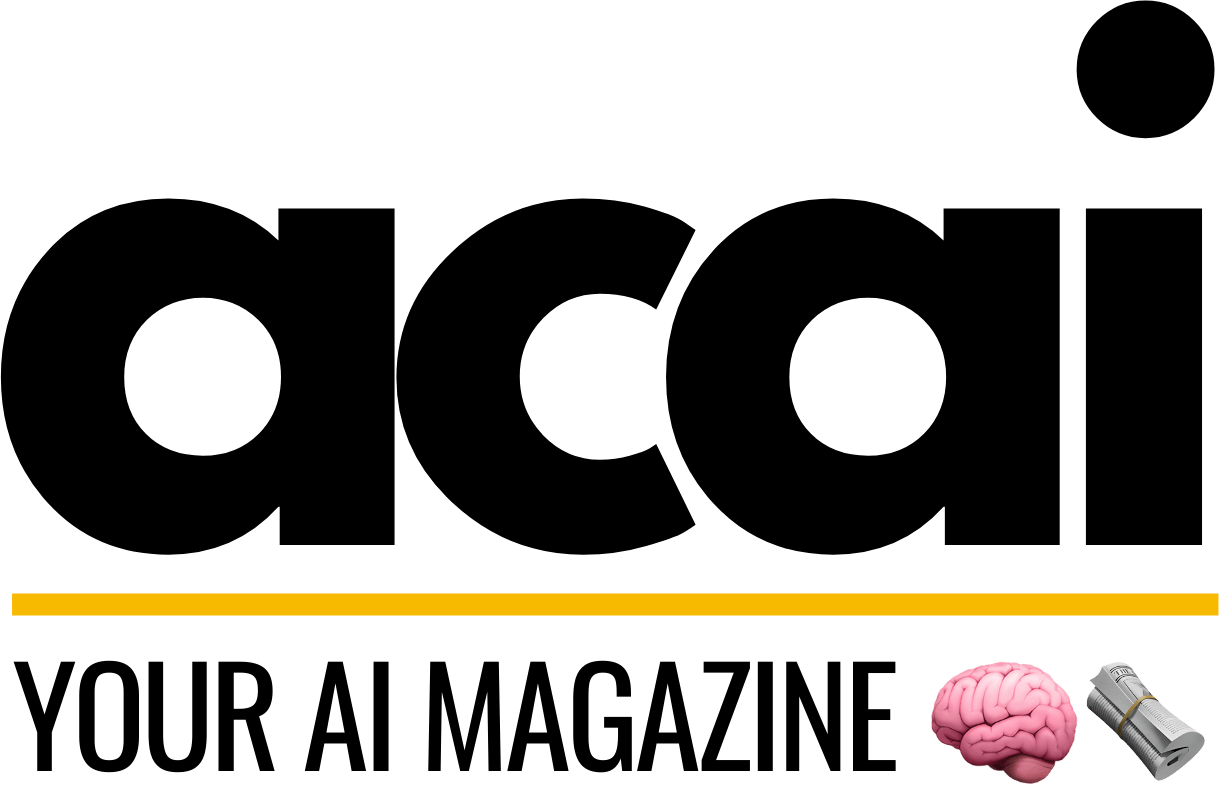Why optimized images, infographics, and charts are essential for search ranking
As digital landscapes evolve, the significance of visual elements in SEO has surged, transforming how content is optimized for better visibility and engagement. This comprehensive exploration delves into why images, infographics, and charts are not just embellishments but essential components for climbing the search engine rankings.
- The Importance of Visual SEO
- Optimizing Images for SEO
- The Power of Infographics in SEO
- The Role of Charts in SEO
- Case Studies
- Conclusion
The Importance of Visual SEO
Visual SEO refers to the optimization of images and other visual media to improve search engine visibility and user engagement. This facet of SEO is critical because:
- Visuals are processed 60,000 times faster by the brain than text.
- Content with relevant images gets 94% more views than content without relevant images.
- Images can appear in image search results, opening up a new traffic source from image searches.
Optimizing Images for SEO
Optimizing images goes beyond just adding them to content. It involves several steps:
- Choosing the right file format: JPEG for high-quality photos, PNG for graphics with fewer than 16 colors, and GIF for animated images.
- Compressing images to reduce file size without losing quality, enhancing page load speed.
- Using descriptive file names and alt tags: This helps search engines understand and index the image content accurately.
- Implementing responsive images: Ensures that images display correctly on all devices, improving user experience and SEO.
The Power of Infographics in SEO
Infographics are powerful tools for SEO for several reasons:
- They make complex information easy to understand and digest.
- Infographics are highly shareable, increasing the potential for backlinks.
- They keep users engaged longer on the page, which can signal to search engines that the content is valuable.
The Role of Charts in SEO
Charts, much like infographics, serve to present data in a visually appealing and straightforward manner. They are essential for SEO because:
- Charts reduce bounce rates by encouraging visitors to spend more time interpreting the data.
- They support the textual content, adding more context and credibility.
- Charts enhance the aesthetic appeal of the content, making it more likely to be shared and linked to.
Case Studies
Several case studies highlight the effectiveness of visual SEO:
- A study by Moz showed that articles with images every 75-100 words got double the social media shares as articles with fewer images.
- A retail company saw a 47% increase in organic traffic by optimizing image tags along with other SEO strategies.
Conclusion
The integration of optimized images, infographics, and charts into editorial content is not just a trend but a critical component of effective SEO strategy. As search engines continue to refine how they index and rank visual content, the importance of visual SEO can only be expected to grow. By embracing these strategies, content creators and marketers can enhance both user engagement and search engine visibility, leading to higher traffic and conversion rates.
For more detailed insights on SEO practices, visit Moz’s guide.




